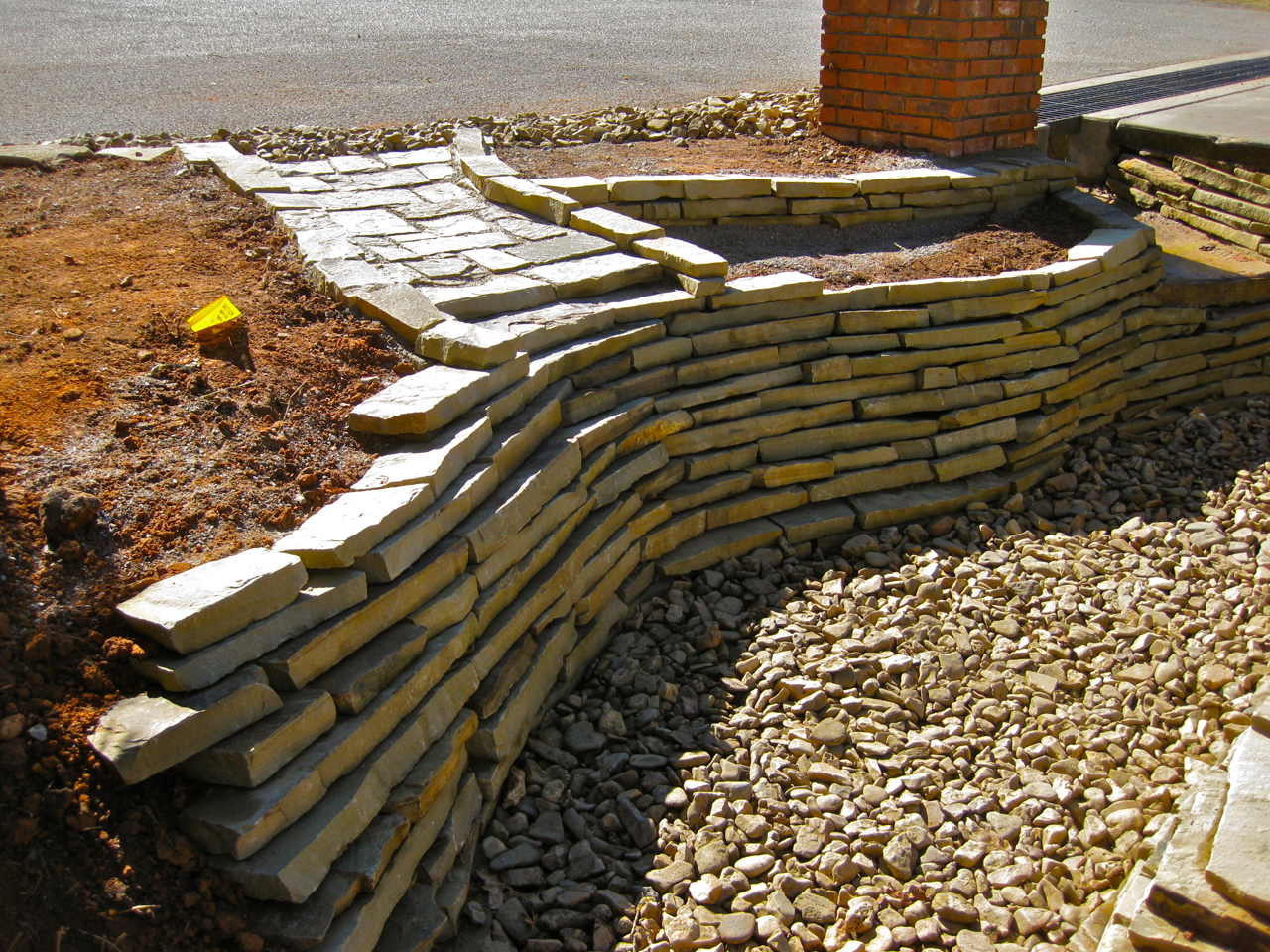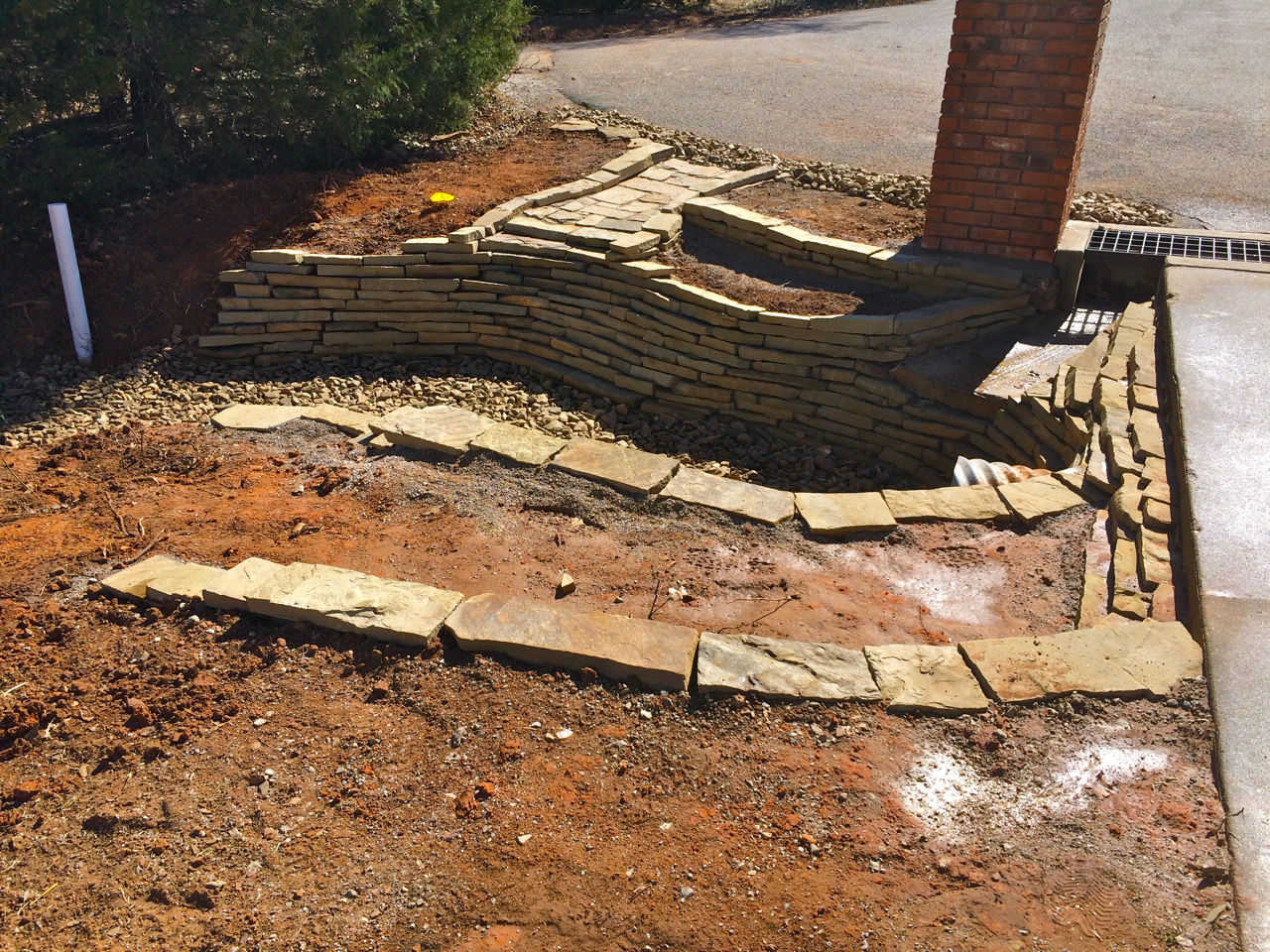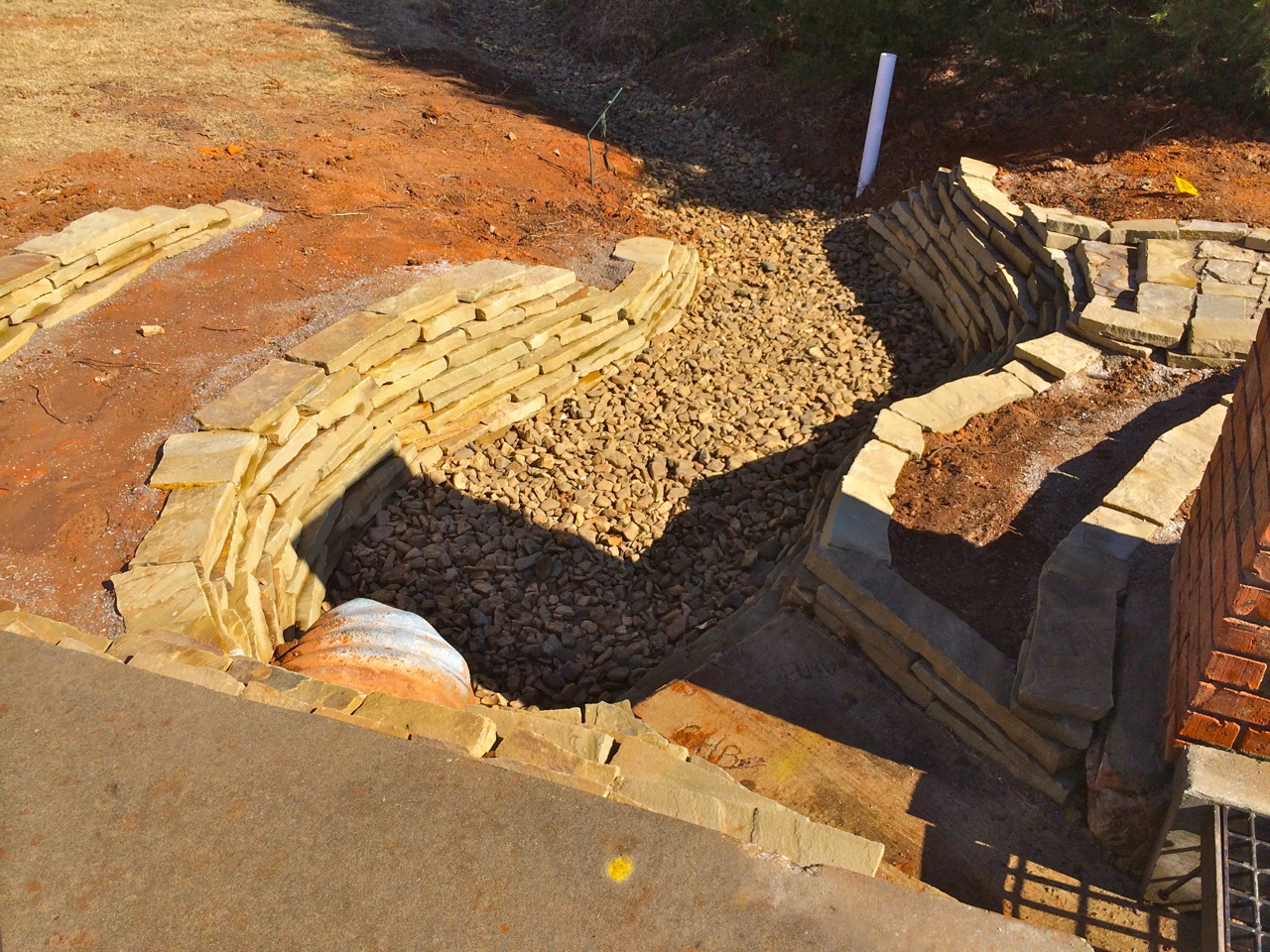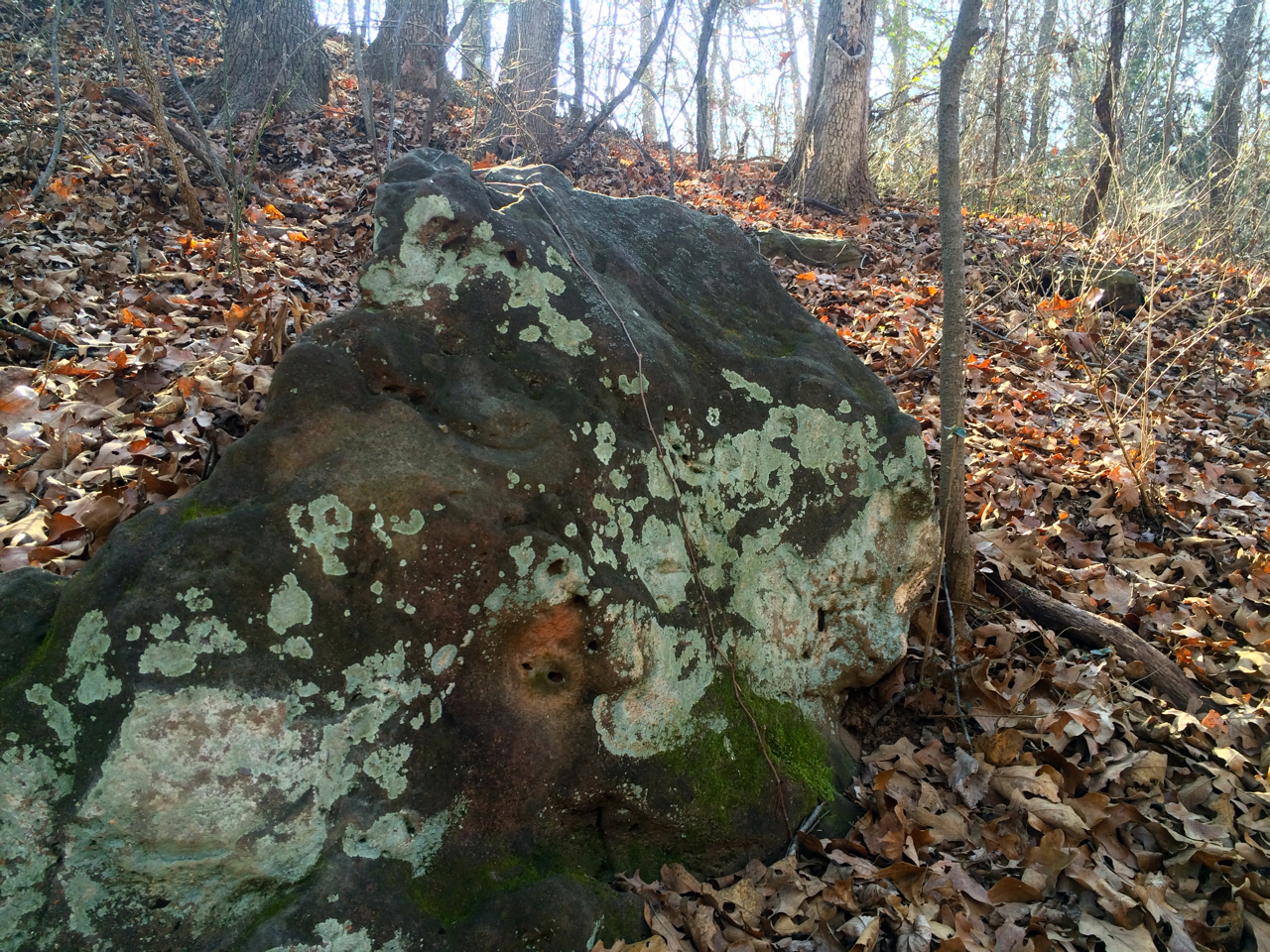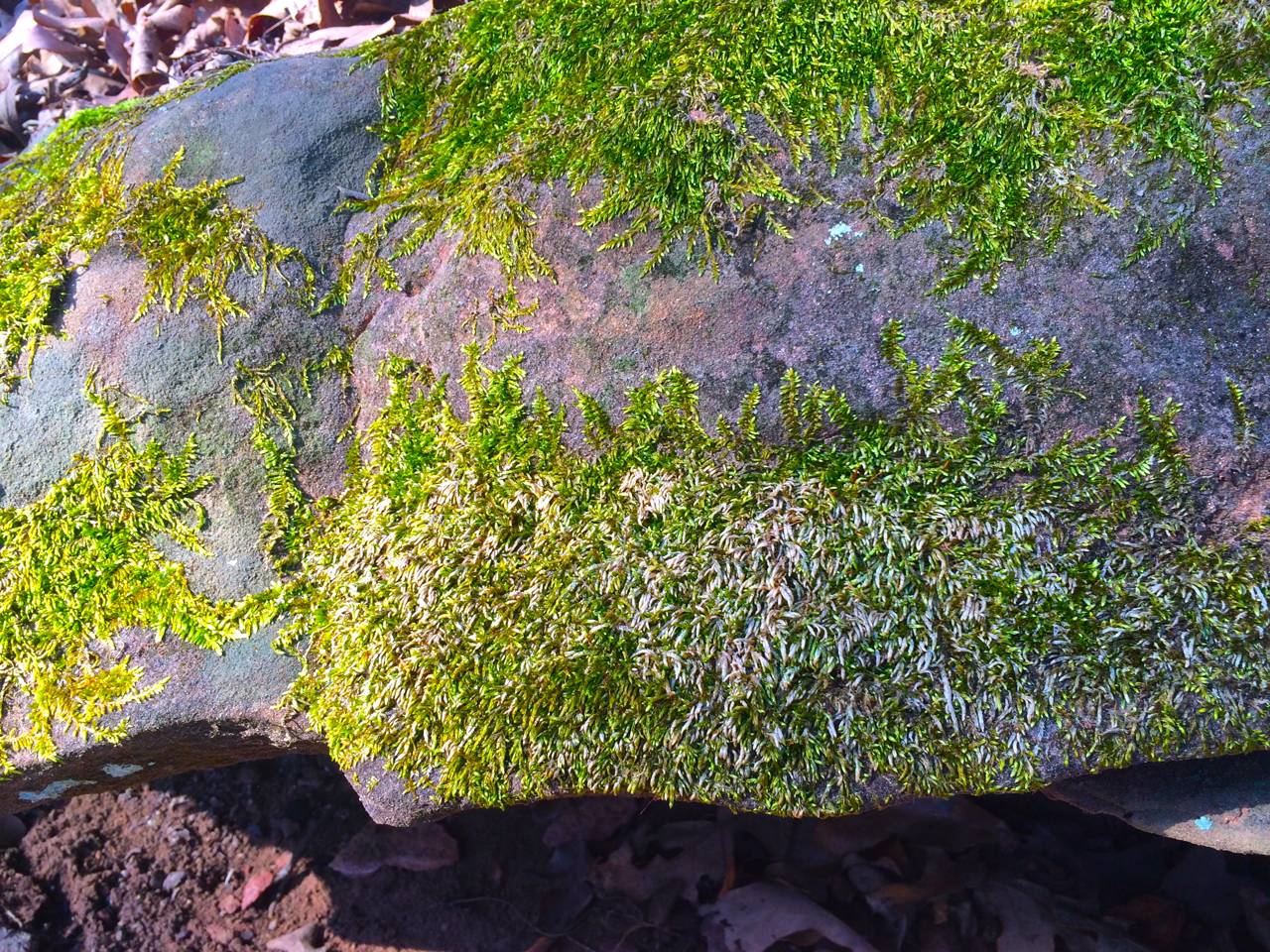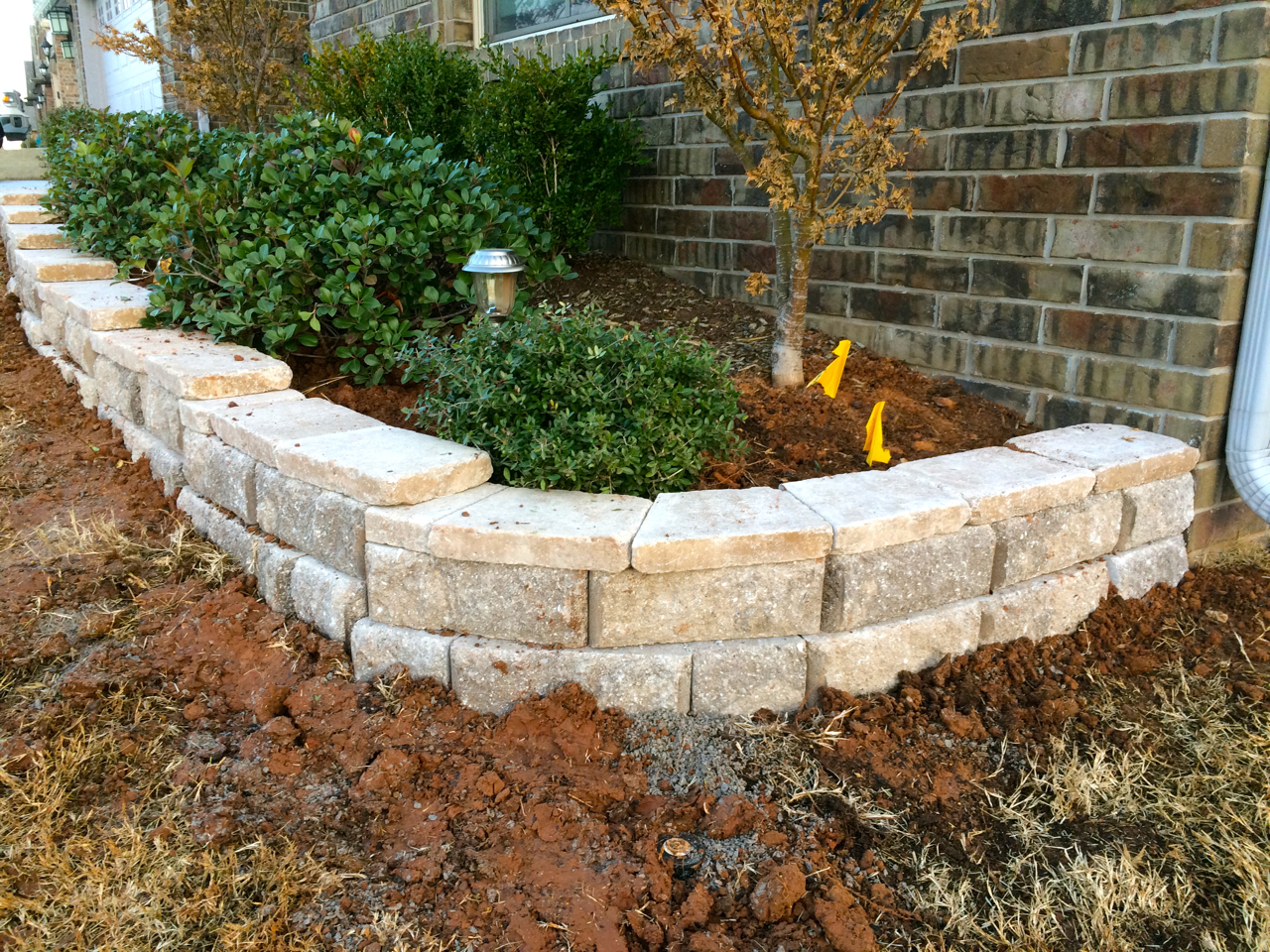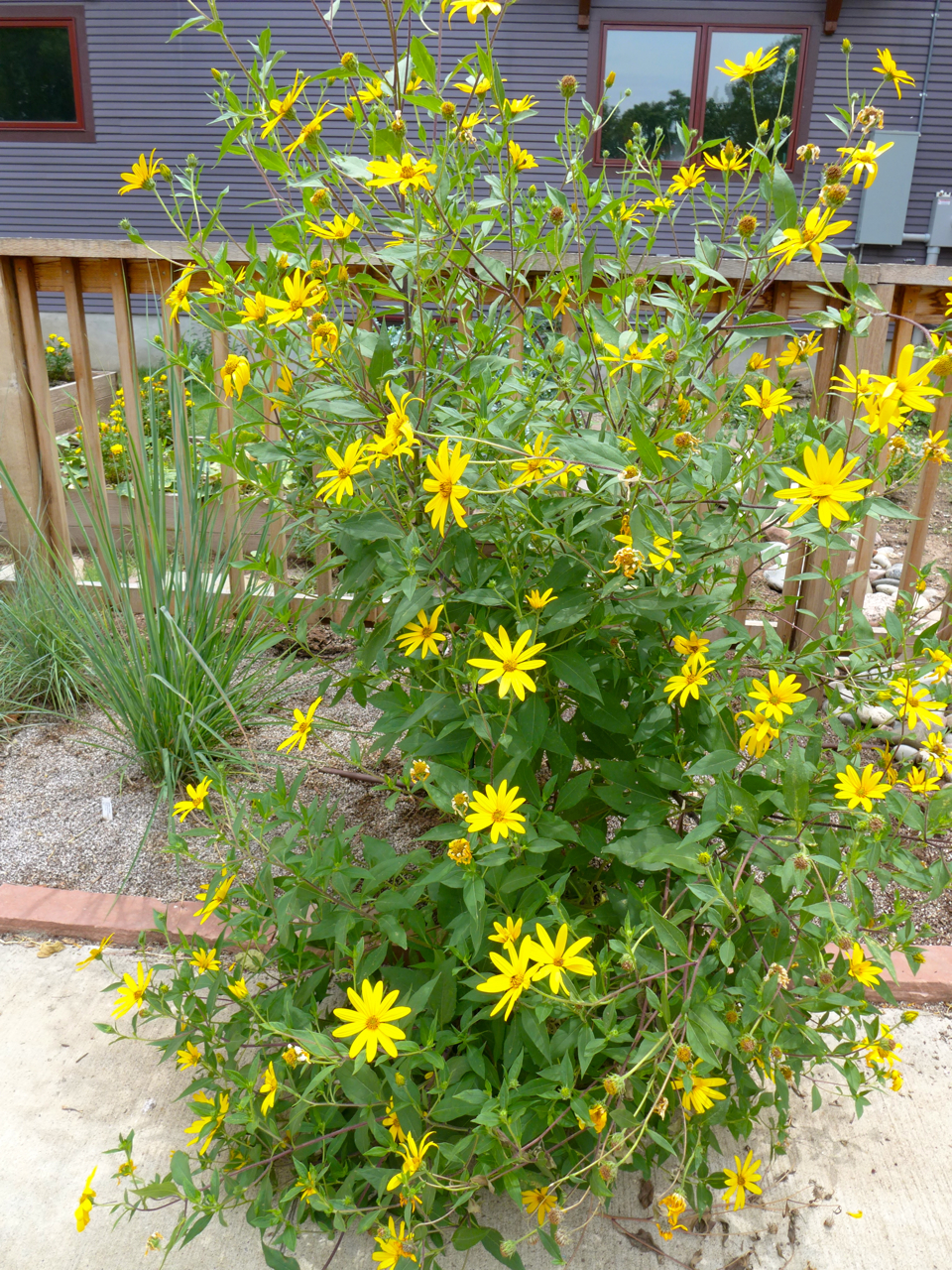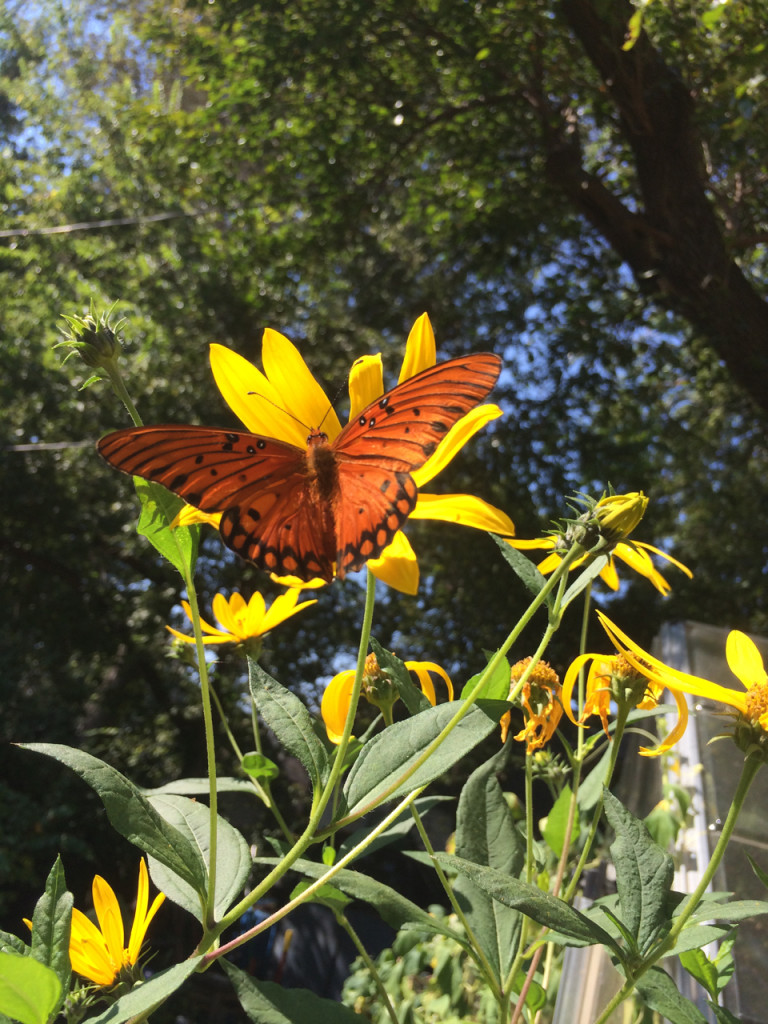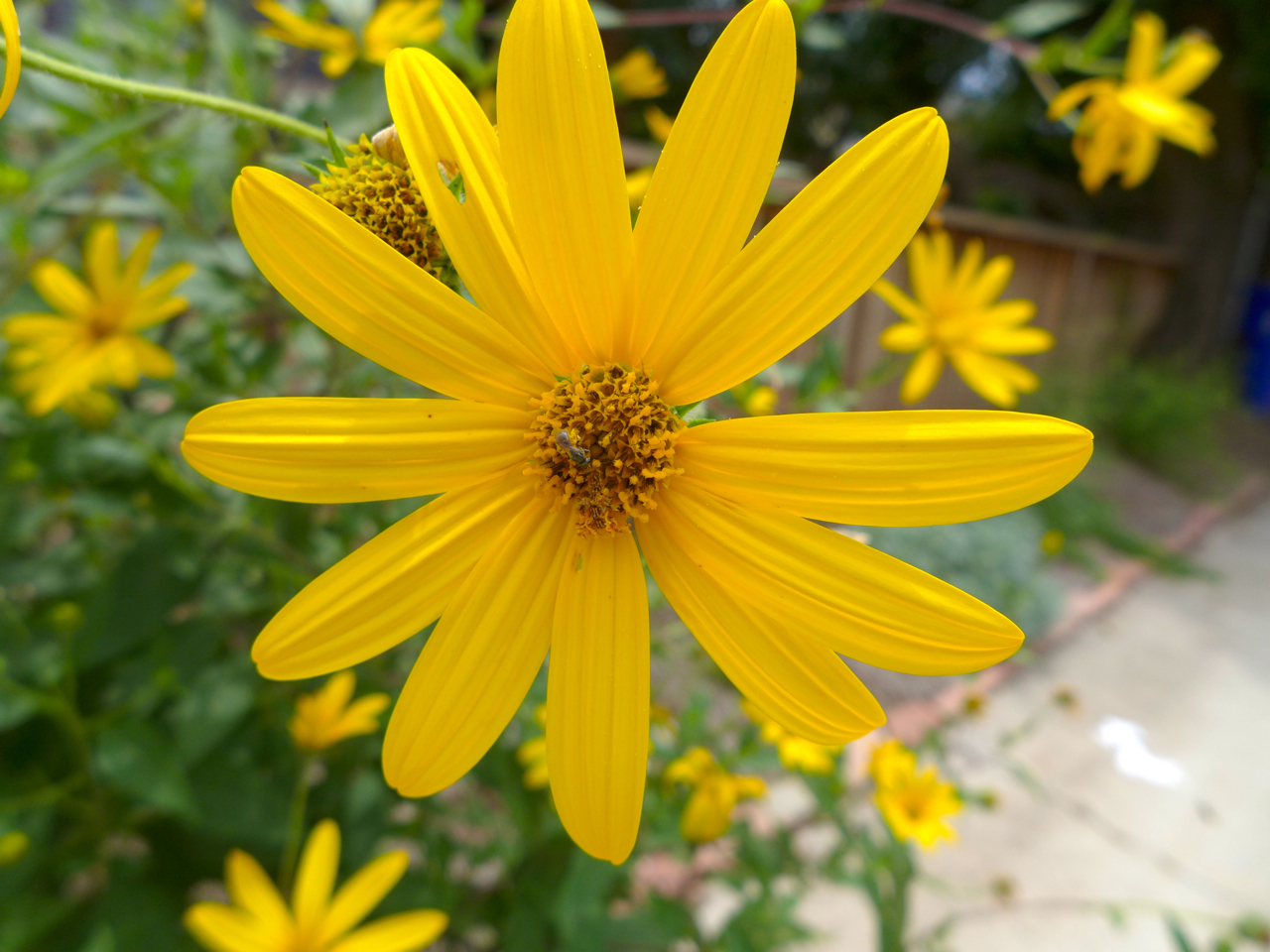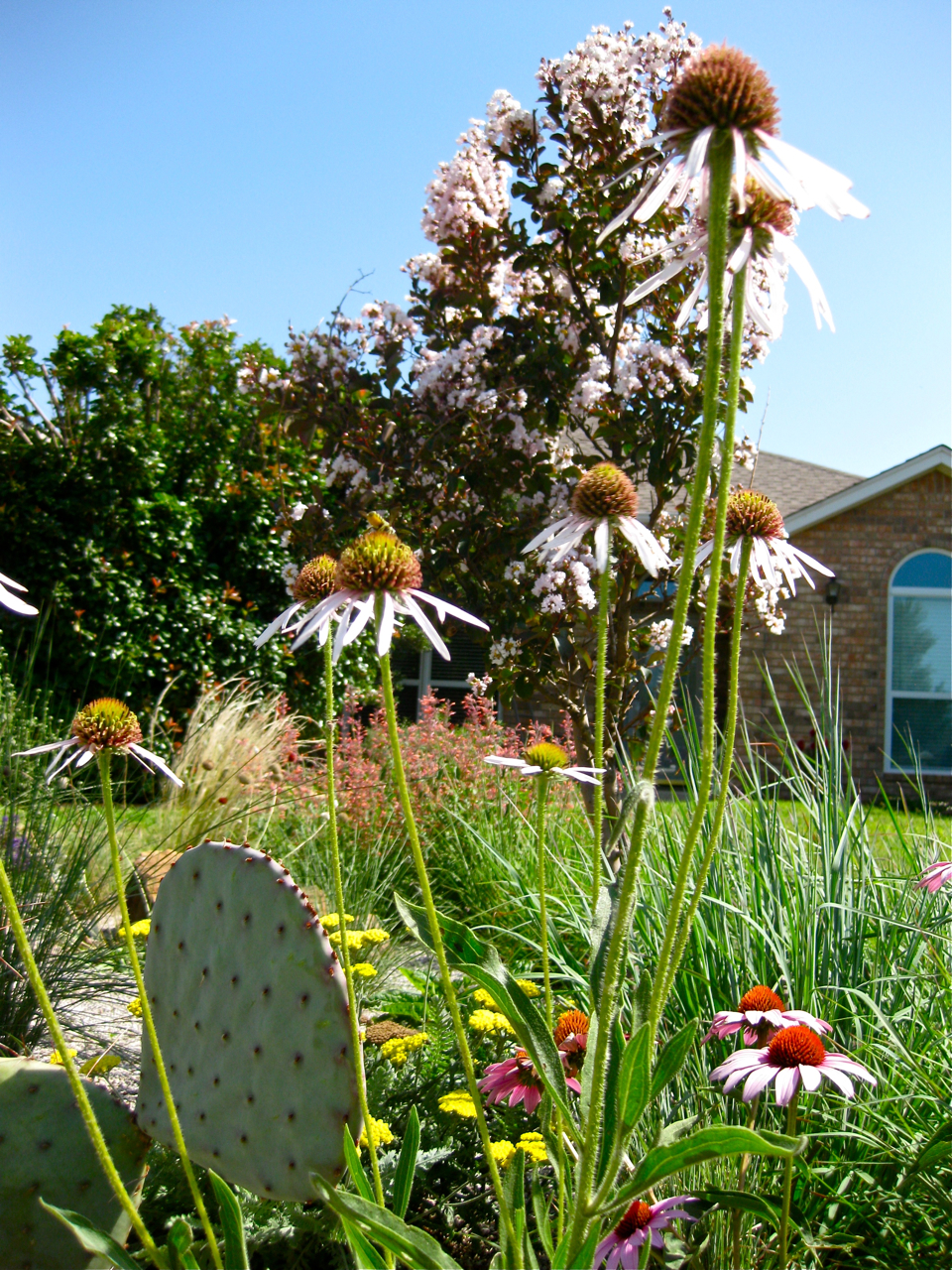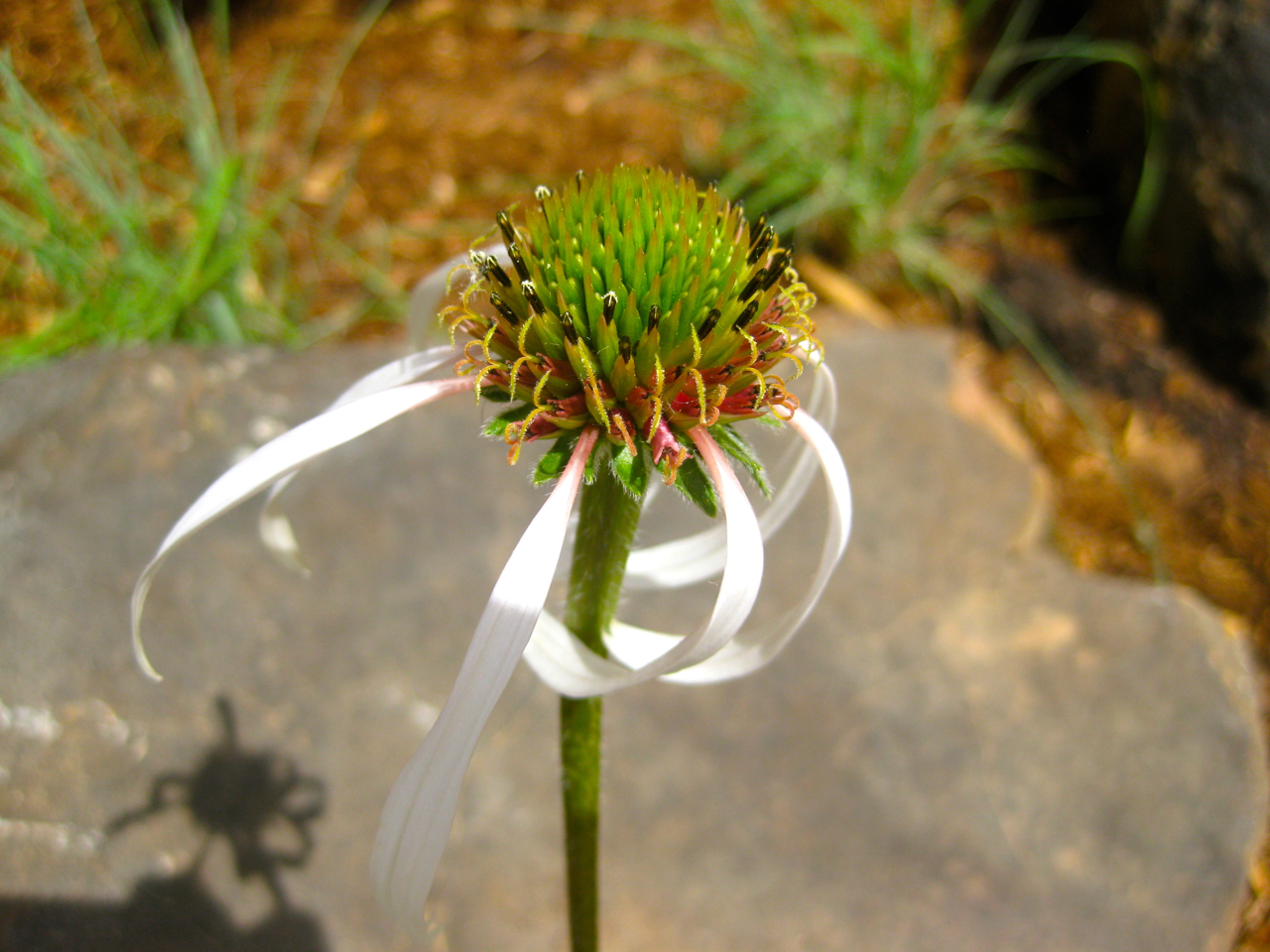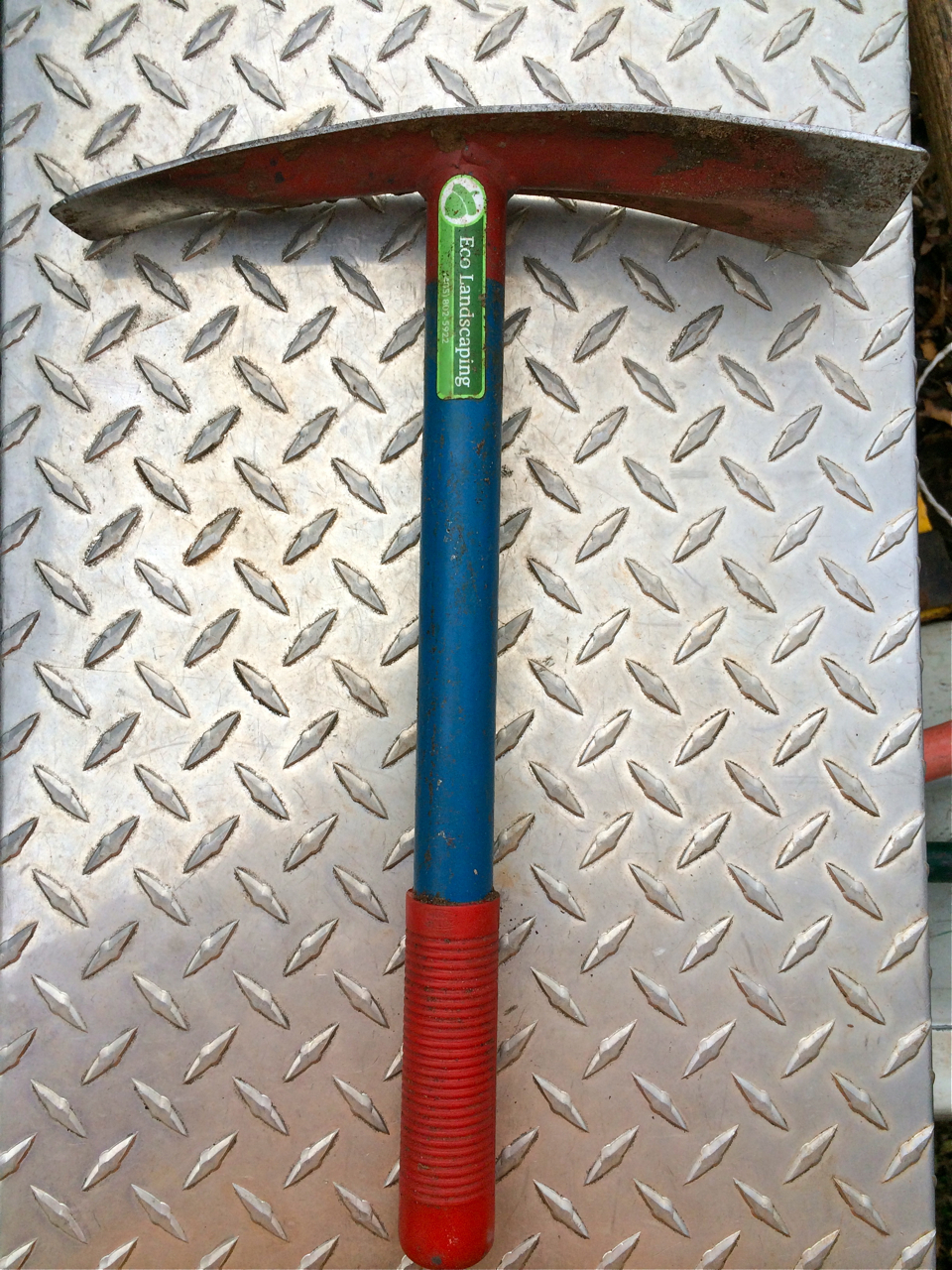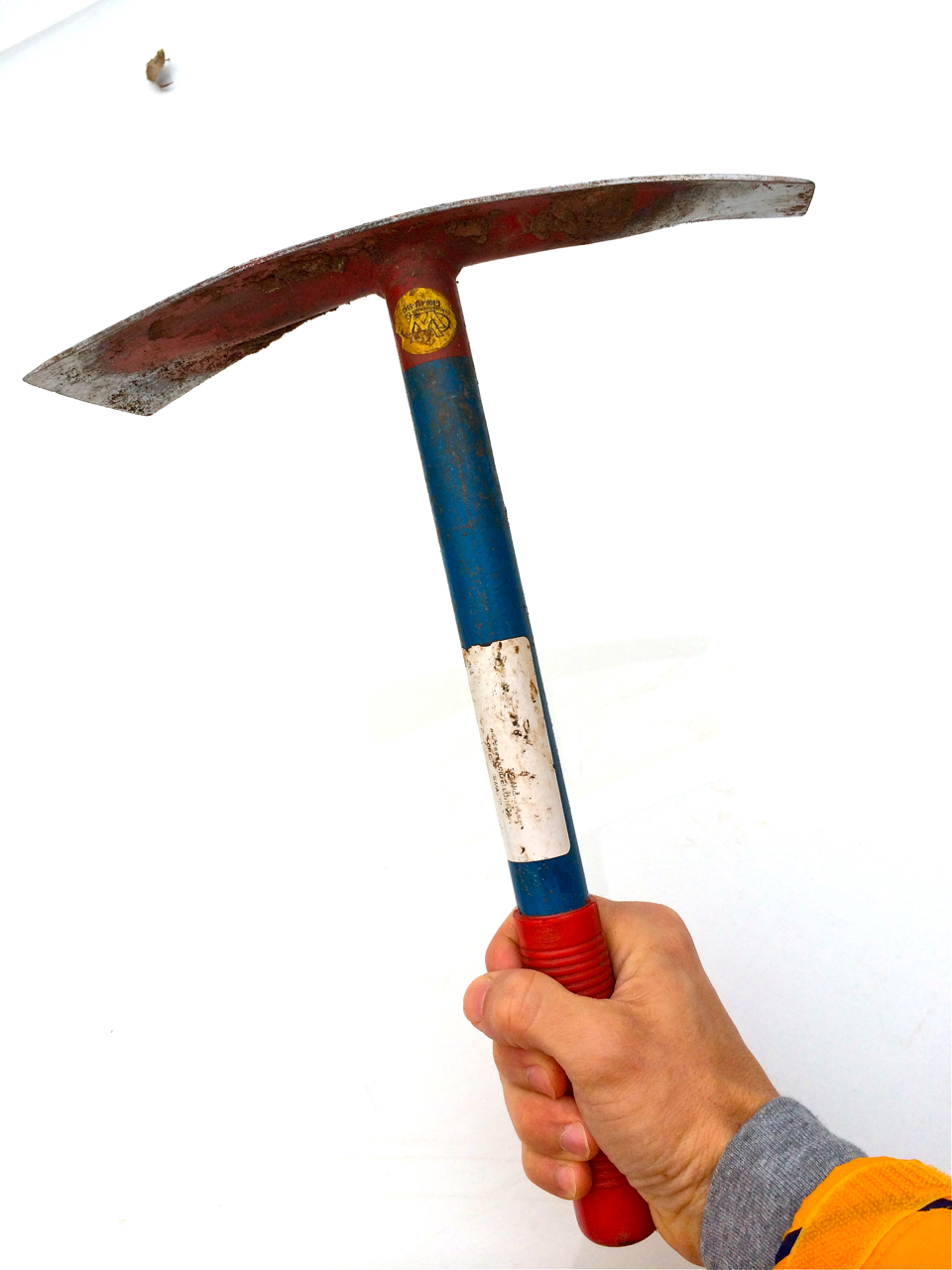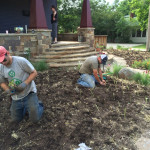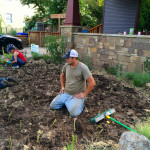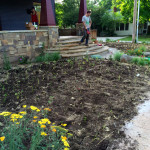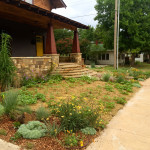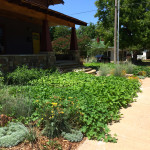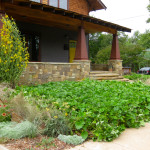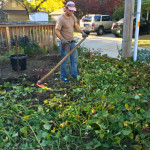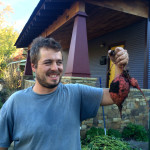Valentine Rose Care

It’s that time of year again when love is in the air and the hearts of all turn to one beautiful flowering plant, the rose. It’s fitting that Valentine’s Day marks a good time for the late winter care of roses. Now is the time of year when roses need to be pruned, fertilized and top dressed in anticipation of the coming spring. Roses may seem to be somewhat imposing, but with the proper gear (rose gloves and a sharp good quality pair of pruners) they can actually be fun to work with. Pruning your roses comes down to a few simple steps of reducing the size to a desirable shape, removing dead and diseased canes and opening up the center to allow for better air flow. Roses are susceptible to fungal diseases and proper air circulation will help decrease their chances of catching one of these diseases. The best place to cut is just above an outward facing bud on each cane you wish to keep. A good rule of thumb is to reduce the rose by about 30%, but they can often handle much harsher pruning. It’s also a good idea to rake up any fallen rose leaves around the base of you plants and discard these. If your roses have had any disease problems cleaning up last years leaves will help maintain a better chance for health this season. But it’s not just pruning and clean up that roses need this time of year, they also need to be fed! One simple approach that roses love, is to sprinkle around the base of the plant out to the drip line (to the width of the rose bush) a good organic fertilizer. These days high quality organic fertilizers containing bone meal, blood meal, microbes and mycorrhizal fungi can found at most garden centers and even big box stores. Roses do seem to have a particular affinity for bone meal, alfalfa meal and kelp meal. All of these contain various nutrients and trace minerals that roses like. The phosphorous in bone meal is particularly good at promoting abundant and lovely blooms. After sprinkling your organic fertilizer around the base of your plant, gently cultivate it in with a cultivator or hoe. A top dressing of compost of 1-3 inches on top of this will provide a nice mulch and continue to gently feed the roses for the rest of the season. Some summer pruning may also be needed to keep your roses in good shape. Follow these simple steps and you will have healthy and beautiful roses every year. If you don’t want to tangle with the thorny little beasties yourself, contact us for our expert organic rose care service.
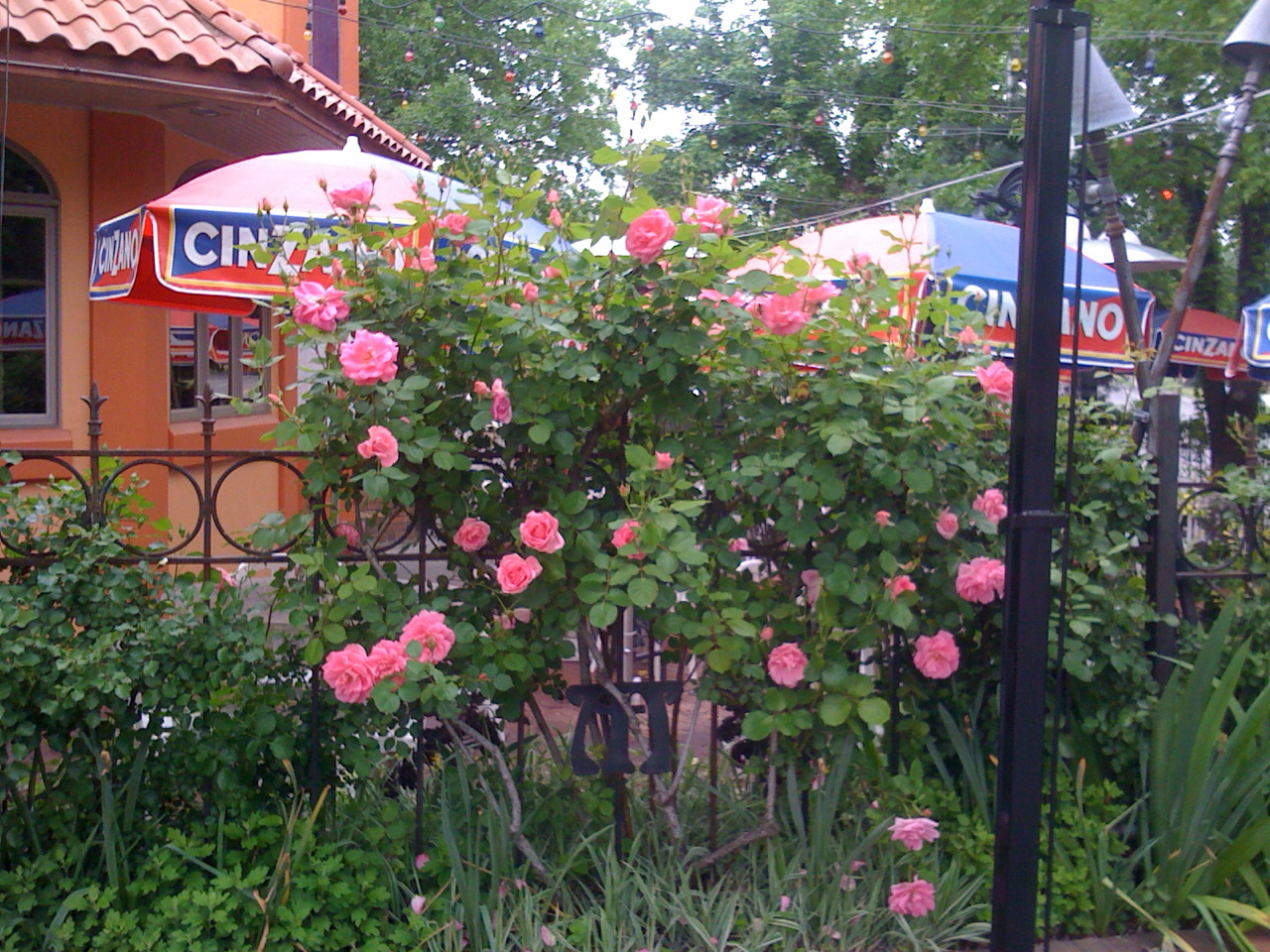
A Shawnee Creek
Small Retaining Wall
Helianthus tuberosus (jerusalem artichoke, sun roots)
Height: 5-10+ feet
Spread: 2-3+ feet
Type: Perennial
Origin: Native to much of North America, including many counties in Oklahoma
Exposure: Full sun
Water: Moderate to moist but does fine with some drought
Edible: Produces delicious and useful tubers which are called Jerusalem Artichokes or sunchokes and can be eaten raw or cooked. The taste is similar to potatoes but with a sweet nuttiness and a hint of artichokes. Nutritionally the tubers are high in protein, and rich in iron, potassium and a range of B vitamins. There is even a liquor distilled from the tuber.
Medicinal: Jerusalem artichokes have historically been used as a dietary supplement for people suffering from diabetes to reduce blood sugar levels and minimize the need for insulin.
Companions: Panicum virgatum (switch grass), Baptisia, Lespedeza, Desmanthus illinoensis (illinois bundleflower)
Notes: Helianthus Tuberosus is in the sunflower family and the plants resemble bushy sunflowers. The blooms are a very striking and profuse yellow which is quite a display and good at attracting birds and pollinators. There are a number of different varieties and the species has a lot of genetic diversity. The tubers color can be varying shades of red, white, brown and yellow. It may have a tendency to overrun an area when not kept in check but it can be a great addition to either a perennial edible bed or interspersed in a native garden. Works well with native grasses and legumes. Oikos Tree Crops carries a very nice selection of varieties. Success can also be had from planting grocery store bought tubers. Natural food stores often stock them. Any plant that is both edible and native gets top marks from us!
Grow Soil Not Plants
Grow Soil Not Plants!
Echinacea pallida (pale purple coneflower)
Height: 2-3 feet
Spread: 1-1 ½ feet
Type: Perennial
Origin: Eastern United States including most of eastern Oklahoma
Exposure: Full sun to part Shade
Water: Dry to moderate
Edible: As a tincture can be added to beverages etc.
Medicinal: Absolutely. It has been used for centuries by Native Americans to treat anything from insect bites to the common cold. Most common to brew a tea or make a tincture from the roots, flowers and leaves.
Companions: Liatris spicata, Schizachyrium scoparium, Bouteloua gracilis,
Notes: Echinacea is one of our favorite genera of native perennials. All of the Echinacea species are beautiful, tough and useful and there are quite a few that are native to Oklahoma. Pollinators and other wildlife are also fond of Echinacea. Purpurea is the most commonly grown ornamental Echinacea but Pallida is an under appreciated standout of the genus due to it’s elegant pale pink/purple thin reflexed rays that droop down from the stately cone. They are easily grown in dry to moderate soils and excel in full sun. Very adaptable and tolerant of tough conditions, drought and poor soil as well. Commonly called the pale purple coneflower it blooms in June through July and may continue blooming until mid autumn with deadheading. They are best in mass, planted in a drier section of your perennial beds but they can also make nice specimens and work well dotted in and amongst grasses such as Bouteloua gracilis “blue grama” or Schizachyrium scoparium “little bluestem”. Ech. pallida and angustifolia often require a year to get settled and may not bloom the first year you plant them. Best chance to get a first year bloom is plant them as early as possible in spring or do a fall planting. One selection of this species called “hula dancer” is available from High Country Gardens.
Safe and Natural Eco Lawn Care
It’s getting to be that time of year again when everyone seems to have a green lawn. It is not the lush green we associate with summer but rather the artificial green that only means one thing, a spray pre-emergent. Spraying lawn chemicals may seem to provide our lawns a leg up with spring fast approaching, however, we must be careful that we are not doing more harm than good. While lawn chemicals seem to primarily stay on the lawn this is not necessarily true. In a recent study by the Center for Disease Control 100% of the 9,282 of the people nationwide were found to have traces of lawn chemicals in either their blood or urine. The average person in the study had 13 of the 23 chemicals in their system. This is an outrageous concept, and most adults are less susceptible than children. Children are more often playing in the grass, putting their hands in their mouth, and even playing on the carpet (which can contain the chemicals tracked in from outside.) The vapors and chemicals can remain potent for a month or even a year! Not only are there harmful effects for humans but for our ecosystem that we are trying to beautify as well. The chemicals meant to kill pest or weeds may destroy nitrogen-fixing microorganisms that are helping to provide nutrients for our lawns. It may even kill earthworms or other insects that aerate the soil causing it to compact. Along with these effects there are many others. Of the 30 major chemicals used on lawns 23 are detected in groundwater, and runoff causes algal blooms which depletes oxygen levels in water causing lessened aquatic life. Ultimately we can be our lawn’s worst enemy and the effects can be far reaching beyond our capacity to comprehend. However, multiple solutions exist so we do not have to be stuck with this problem.
Our Eco Landsaping lawn treatments provide a chemical free solution that will keep your lawn green and your neighborhood safer. Our basic service utilizes corn gluten meal which acts as a gentle “weed and feed”. We apply this 4 times a year and usually this is enough to keep your lawn looking good. We have a range of other eco friendly services that can be used on an as-needed basis. There are also some maintenance cultural practices that we recommend that will help keep your lawn looking good. We’ll cover that in a future post. Give us a call so we can help you Go green in 2015!
Tool Review: WW Mfg. “Hand Hoe”
The feather weight mini pick, or as my coworkers and I call it the “hand hoe”, is a great universal tool made by WW Manufacturing Company. Along with a good pair of pruners, this is one of the must have tools in the Eco Landscaping arsenal. With a weight of only .75 pounds and length of 16 inches this heat-treated all steel hoe is virtually unbreakable but lends itself to easy one-handed use. It is useful in a variety of different capacities and some that may seem somewhat unlikely, stretching from planting and weeding to prying (and even the occasional hammering). Planting four inch pots has never been easier than with the hand hoe. With one swing you have created a small indention you then pull back on the hoe and there’s the hole. With the hand hoe planting goes much faster than with any trowel that I have used. Even for smaller plants, such as plugs, all you have to do is use the smaller end of the hand hoe. Due to its light weight and it’s extreme toughness this is also our go-to tool for weeding. Most other small pick weeding tools we have used have been too heavy for extended use and/or not durable enough for daily professional use. I have also used it pry up smaller rocks and old edging without causing a single bend or dent in my hoe. It has even been used to hammer in stakes. I have never found a garden tool so useful and in over 10 years of Eco use we have yet to break one! Did I mention that WW mfg makes this and all of their high quality tools right here in the U S of A? The “garden state” in fact. I would highly recommend it for beginners or professionals, and with a price tag under $35 it is also cost effective. You can order them directly from the manufacturer.
Eco rating: 9 out of 10
Sweet Potatoes Not Lawns
This year we were excited to try out a two crop rotation in our “Ag lawn” area at the Pi House. When we took over the project the area had been an artificial turf lawn and before that it had been a standard non irrigated “lawn” of mainly Bermuda grass and the typical weeds found in poorly maintained lawns. Our idea was to push the idea of “food not lawns” further than the standard veggies etc. into the production of real calorie producing food crops that could also provide some ornamental value. We wanted to try something bold that could challenge notions about the real potential of turning a lawn, which is an essentially useless space, into a productive mini farm space that can actually provide some of level of self sufficiency for residents. We also wanted to bring elements of Oklahoma’s agrarian landscape and past into the urban setting. In a modern take on a share cropping system, the Eco crew and myself invested some of our labor time into the crop and in return we split up the harvest.
Starting late last Fall after our initial landscape installation we were able to squeeze a sowing of winter wheat in and despite the late planting we had a really healthy crop. Back in June we harvested the wheat crop and we were pleased with our result of 40 lbs from our fairly small ~700 sq. foot area. This should be enough wheat to make at least one loaf of bread per week for a year! I’ll be posting more about the wheat harvest and processing in the near future. Directly after our wheat harvest we planted 500 sweet potato slips of 8 different varieties which took a couple of hours. The little bit of wheat straw left on the area was a great mulch and it by mid July there was an attractive looking sea of sweet potatoes. As the summer progressed the plants got huge and created a thick mass of colorful vines that threatened to engulf sidewalks, beds and the home but with a little gentle training stayed relatively in their area. In Oklahoma we are blessed with a long warm growing season so we were able to wait until early November to harvest. Harvesting sweet potatoes is equal parts digging for buried treasure and working on a chain gang but it only took 3 of us roughly 4 hours to harvest our crop. Our efforts were well rewarded with a 240 lb harvest! All in all it was a productive first season for the “ag lawn”. We have now planted the winter wheat and we’re planning a similar rotation for this year although we may incorporate some dry beans. The possibilities are really endless as we could go with a summer grain ie amaranth, maize, millet or other summer crops like sunflowers, peanuts, lentils etc. What kind of mini farm would you like to replace your energy intensive non productive lawn with?
- Planting slips mid June
- Looking over the work
- 500 slips planted in a few hours
- 1 month later in July
- 2 months later in August
- 3 months later in September
- Cutting Back tops with Scythe. November
- Harvesting with broadfork
- Harvesting sweet potatoes makes you happy
- A rare smile
- Buried treasure
- Harvest weigh in: 240lbs!
- Visions of sweet potato paradise

